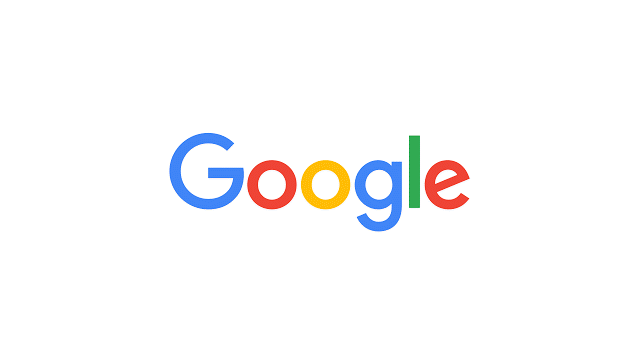
Google is now just a letter of the Alphabet. Let me explain…
In a letter to investors and the public at large, Google co-founder Larry Page made a major announcement about his company. Which is no longer called Google, it’s called Alphabet. But don’t worry! Google is still a thing–one of the world’s biggest, most recognizable brands, of course–and you won’t have tell your brain to “Alphabet” keywords. What’s happening is that Google is becoming a wholly-owned subsidiary of Alphabet. In other words, Alphabet is a big umbrella that houses Google and many other current and future innovations from Page and other Google co-founder Sergey Brin.
“Alphabet is mostly a collection of companies. The largest of which, of course, is Google,” says Page in his letter. “This newer Google is a bit slimmed down, with the companies that are pretty far afield of our main Internet products contained in Alphabet instead.”
Page doesn’t break down all of Alphabet’s subsidiaries in the note, but he gives honorable mentions to “Life Sciences (that works on the glucose-sensing contact lens), and Calico (focused on longevity).” Alphabet also includes “X lab, which incubates new efforts like Wing, our drone delivery effort. We are also stoked about growing our investment arms, Ventures and Capital, as part of this new structure.”
All in all, Page thinks that such segregation will offer his team “more management scale, as we can run things independently that aren’t very related.”
He goes on to lay the groundwork for how Alphabet will be structured. Page is CEO, Brin is President, and CEOs will be picked to run each business, with the Google co-founders “in service to them as needed.” So far, they’ve appointed Google’s SVP of Products Sundar Pichai to be the CEO of Google. They also note that unlike Google, they “are not intending for [Alphabet] to be a big consumer brand with related products–the whole point is that Alphabet companies should have independence and develop their own brands.” Like Google!
Page and Brin will implement segment reporting when fourth quarter financial reports come out; this means that Google financials will be reported separately from other Alphabet businesses. As far as the stock market is concerned, Google will continue to trade on Nasdaq as GOOGL and GOOG. In related news, the market responded positively to this announcement; Google shares were up around five percent after-hours on the day Page posted the letter, and the next day shares increased by another four-and-a-half percent.
Why Alphabet? I’ll let Page explain: “We liked the name Alphabet because it means a collection of letters that represent language, one of humanity’s most important innovations, and is the core of how we index with Google search! We also like that it means alpha-bet (Alpha is investment return above benchmark), which we strive for!”
In the beginning (circa 1997), Google was simply a search engine. Today, it has sprouted myriad limbs: Google Maps, YouTube, Chrome, Android, and so on. From the desktop to mobile, Google’s services have matured and spread to help people quickly look up information, watch and share video, navigate the world, and communicate with one another. These are all things that Page says “seemed crazy at the time” of their inception. “We are still trying to do things other people think are crazy but we are super excited about,” he continues and this is where Alphabet comes in. It didn’t take long for Google the company to outgrow its roots in search. Alphabet allows Google to continue to grow and breath, while other teams continue developing other innovations such as self-driving cars and the aforementioned delivery drones. The shift to Alphabet and Alphabet-owned subsidiaries won’t affect consumers (at least initially); what it will do, however, is make Google a stronger brand to live amongst a flock of more to come.
Whether or not this turns out to be a good idea in the long-run, Page is confident that the unconventional decision will drive his company to do better today. “We’ve long believed that over time companies tend to get comfortable doing the same thing, just making incremental changes. But in the technology industry, where revolutionary ideas drive the next big growth areas, you need to be a bit uncomfortable to stay relevant.”
[Via Google]






